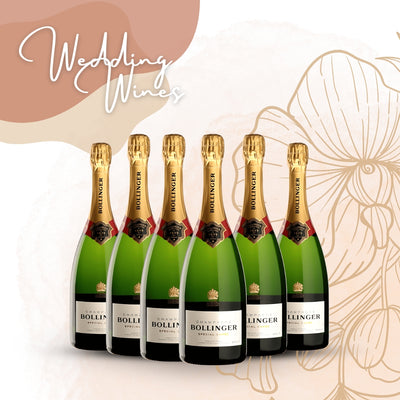The Importance of Quality Sake Rice
Rice is one of the most essential ingredients for Japanese sake. Every single step of the very complicated sake-brewing procedures will affect the final style of sake, knowing the rice variety (or varieties) of your sake will enhance the pleasure of understanding it and drinking enjoyment. All kinds of rice can be made into sake, but due to the different processing and sensory requirements, sake-specific rice (Shuzō Koteki Mai) is preferred to “table rice” when it comes to sake-brewing. While making premium sakes, breweries use sake-specific rice for better quality control and easier handling. Nevertheless, there are some rare good sakes made of table rice in Japan, given that they are produced with great care and skills.


Rice polishing is an essential process in sake-brewing, therefore the relatively larger grain of sake-specific rice is a basic requirement. Good sake-specific rice should have a soft texture for better water absorbency and higher solubility during the brewing process. In the centre of the rice, there is this whitest part with the highest content of starch, called “Shinpaku”. The suppleness of the shinpaku will ease the penetration of köji mycelium, and thus the conversion of starch to sugar and the following alcoholic fermentation. Top sake-specific rice contains lower level of protein and lipid for purer quality, and lower chance of unpleasant characters.
Amongst the many registered sake-specific rice varieties in Japan, the following three are the leading ones with high popularity:
1) Yamada Nishiki Famously known as the “king” of Japanese sake rice varieties, it is easy to work with and has all the requirements of an ideal sake rice. Major regions include Hyōgo, Fukuoka, Tokushima and Okayama prefectures. These sakes are well-balanced and fruity with good depth of flavours.
2) Miyama Nishiki Originated from Nagano prefecture, other regions are Akita and Yamagata prefectures. It got its beautiful name because of the shinpaku part resembles the top of a local snow mountain. Best grown in cooler regions e.g. Northeastern part. These sakes are rich, intensely flavoured with some sweetness. When used for blending, Miyama Nishiki tends to offset tartness of some sakes.
3) Gohyakuman Goku Developed in Niigata prefecture and now commonly seen in many other regions such as Toyama, Hyōgo and Fukui prefectures. The name literally means “five million koku”, as a celebration of breaking the rice production record during the 50s. The sakes are soft, delicate with elegance.




